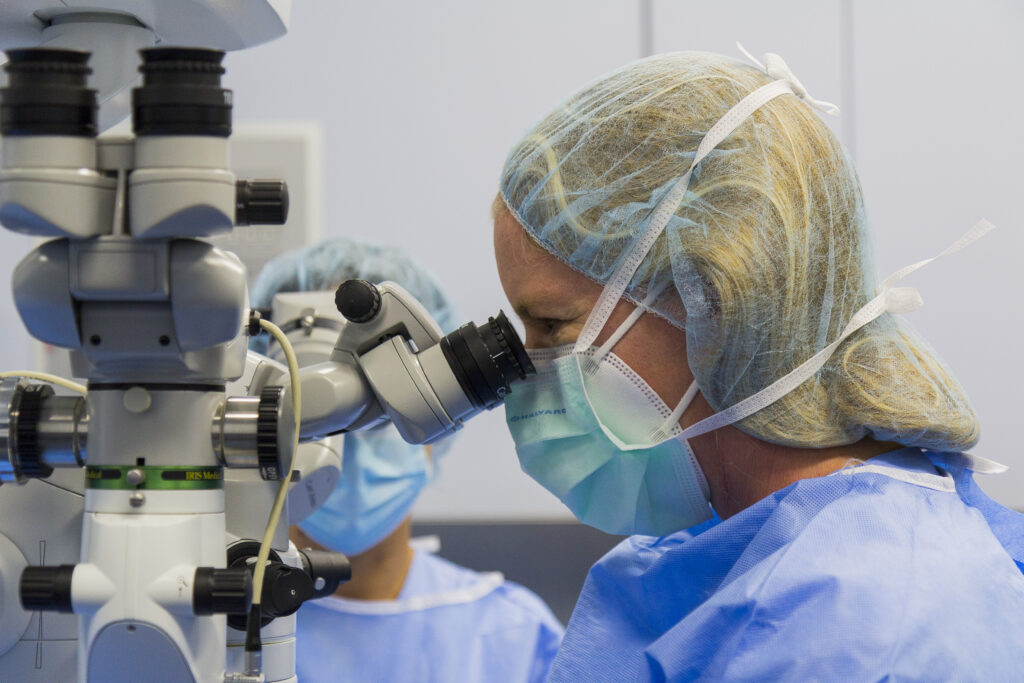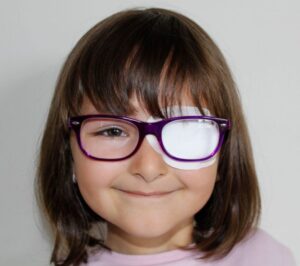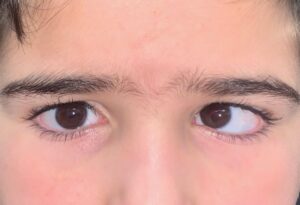Treatments
Strabismus surgery in children

What does childhood strabismus surgery involve?
Childhood strabismus surgery is the operation we perform to correct eye alignment, when there is a loss of parallelism between both eyes. To do so, we act on the extraocular muscles that control the direction of the gaze, tensing or weakening them as appropriate. In this type of surgery, we do not need to access the inside of the eyeball or the orbital cavity.
There is no specific age for performing strabismus surgery on children, as it will depend on the type of strabismus the child has. Although cases of congenital strabismus should be operated on at approximately the age of one, other types of strabismus can wait a little longer, i.e. until the pathology is more stable and the child can actively collaborate in the diagnostic tests.
Although we recommend not delaying the surgery, strabismus can be operated on at any stage of life, as it is a surgery we can also perform successfully in adulthood.
Eye diseases treated
When childhood strabismus cannot be corrected by other means, such as corrective glasses or vision therapy (link), we opt for surgery. It is important to treat it early to prevent the child from developing visual problems associated with eye misalignment, such as “lazy eye”. Moreover, with the surgery we achieve that their quality of life and self-esteem is not reduced due to the aesthetic impact or the difficulties that eye deviation can cause in their social and school environment.
Recovery
Childhood strabismus surgery is performed under general anaesthesia both to eliminate any pain and to prevent the child from moving during the process. It must be taken into account that this surgery can take some time (around 45 minutes) and that it is difficult for a young patient to remain still for such a long time. However, it is an outpatient procedure that does not involve admission, whereas the patient can return home once the surgeon and anaesthetist have checked the evolution in the first two or three hours after surgery.
Upon leaving your Miranza clinic, our specialists will give you detailed postoperative instructions and, as a general rule, the child will be able to return to their daily life in two or three days, although full recovery occurs in about a week. Initially, it is important to monitor the evolution of the sutures and to check them according to the prescribed indications.

